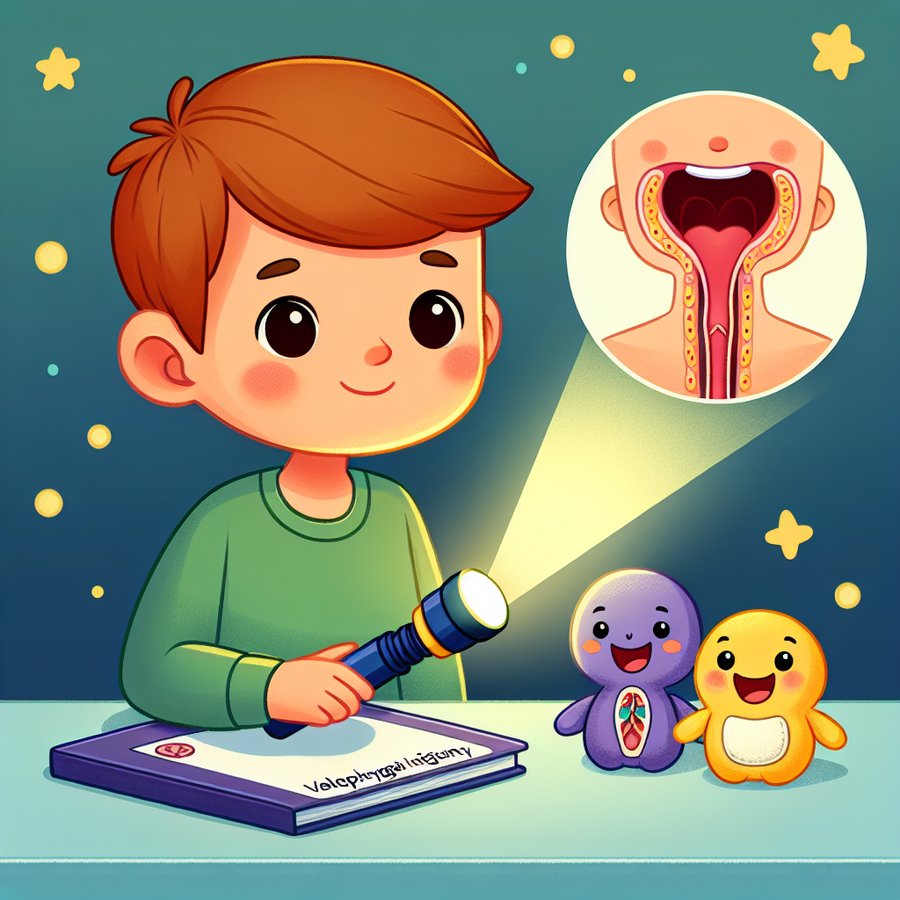Velopharyngeal Insufficiency (VPI) is a condition that might not be widely known among new parents, yet understanding it is crucial in ensuring the well-being of your little ones. This comprehensive guide aims to shed light on what VPI is, its causes, symptoms, and available treatment options, providing valuable insights for parents navigating this diagnosis.
What is Velopharyngeal Insufficiency?
Velopharyngeal Insufficiency is a disorder affecting the soft palate’s function, leading to a gap between the back of the mouth and the nose during speech or swallowing. This gap hinders the normal closure of the velopharyngeal sphincter, causing air to escape through the nose, affecting speech quality and swallowing efficiency. VPI is often observed in children and can significantly impact their speech development and quality of life.
Children with VPI may exhibit a nasal quality to their voice, nasal air emission during speech, and difficulty pronouncing certain consonants. It’s important for parents to understand that VPI is not just a speech issue but can also lead to feeding problems, as the condition interferes with the normal swallowing process.
What Causes Velopharyngeal Insufficiency?
The causes of VPI are varied and can include congenital conditions such as cleft palate, genetic syndromes like 22q11.2 deletion syndrome, or acquired conditions resulting from surgery or trauma. Understanding the root cause of your child’s VPI is crucial in determining the most effective treatment strategy.
For more in-depth information on related conditions, consider exploring articles on cleft lip/palate and genetic disorders, which can offer further insights into the underlying causes of VPI.
How is Velopharyngeal Insufficiency Diagnosed?
Diagnosing VPI involves a multidisciplinary approach, including evaluations by speech-language pathologists, otolaryngologists, and sometimes, plastic surgeons. Key diagnostic tools include nasopharyngoscopy and videofluoroscopy, which allow specialists to observe the function of the velopharyngeal sphincter during speech and swallowing.
Early diagnosis is essential in managing VPI effectively. Parents noticing symptoms such as nasal speech or feeding difficulties should consult a pediatrician, who can refer them to the appropriate specialists for further evaluation. Timely intervention can prevent complications and improve outcomes for children with VPI.
Treatment Options for Velopharyngeal Insufficiency
The treatment of VPI is tailored to the individual needs of each child, depending on the severity of their condition and the underlying cause. Options range from speech therapy, which can improve speech clarity and reduce nasal air emission, to surgical interventions designed to correct the structural cause of VPI.
Surgical options include pharyngeal flap surgery, sphincter pharyngoplasty, and palatal lengthening procedures, all aimed at improving the velopharyngeal closure during speech. In some cases, prosthetic devices such as speech bulbs or palatal lifts may be recommended as a non-surgical treatment option. For a comprehensive understanding of these treatments, further reading is available.
Supporting Your Child with Velopharyngeal Insufficiency
Living with VPI can be challenging for both the child and their family. Beyond medical treatment, emotional and psychological support is critical. Engaging with support groups and connecting with other families facing similar challenges can provide valuable coping strategies and emotional relief.
Furthermore, working closely with your child’s care team, including speech therapists and educators, can ensure that they receive the comprehensive support they need. Tailoring educational and therapy activities to meet their unique needs can significantly enhance their quality of life and overall development.
Velopharyngeal Insufficiency, while complex, is manageable with the right knowledge and resources. By understanding the condition, its causes, and treatment options, parents can advocate for their child’s health and well-being effectively. Remember, early intervention and a supportive network can make a significant difference in the lives of children with VPI.
For additional resources and support, don’t hesitate to explore topics on speech therapy and parenting support, which can offer further assistance and guidance in caring for a child with VPI.













